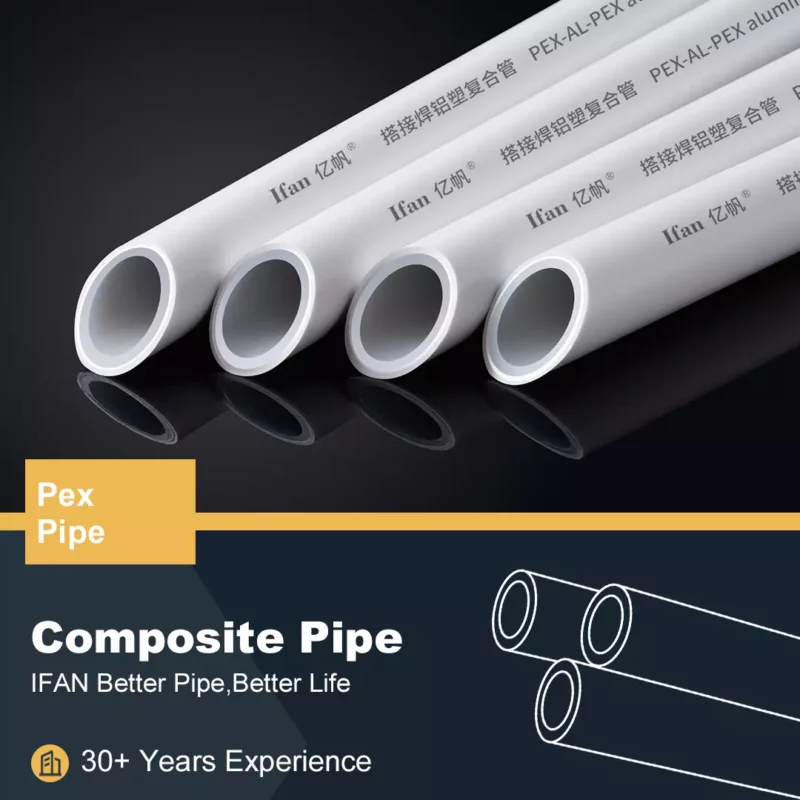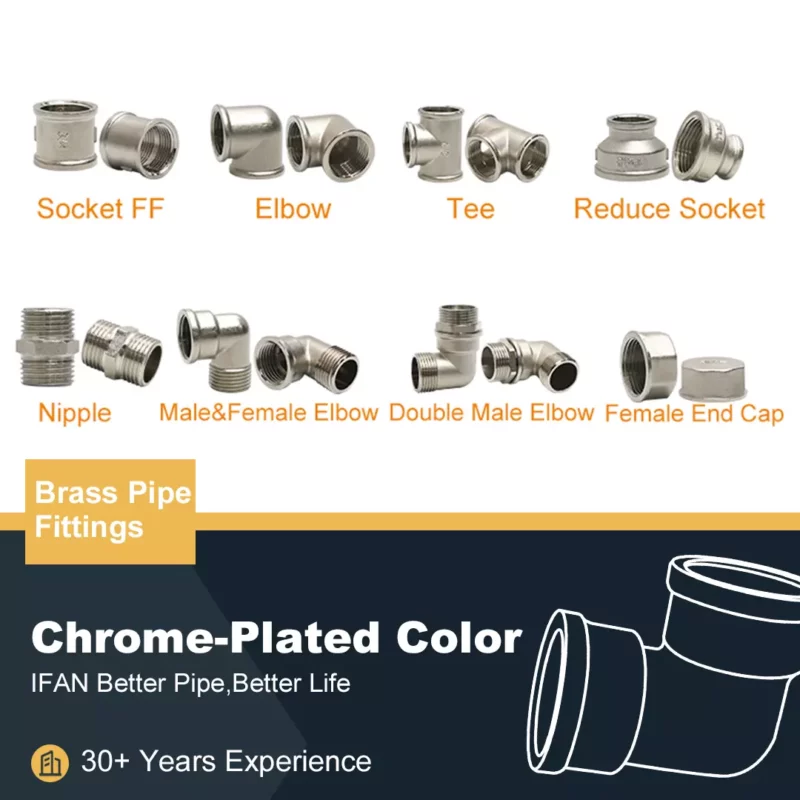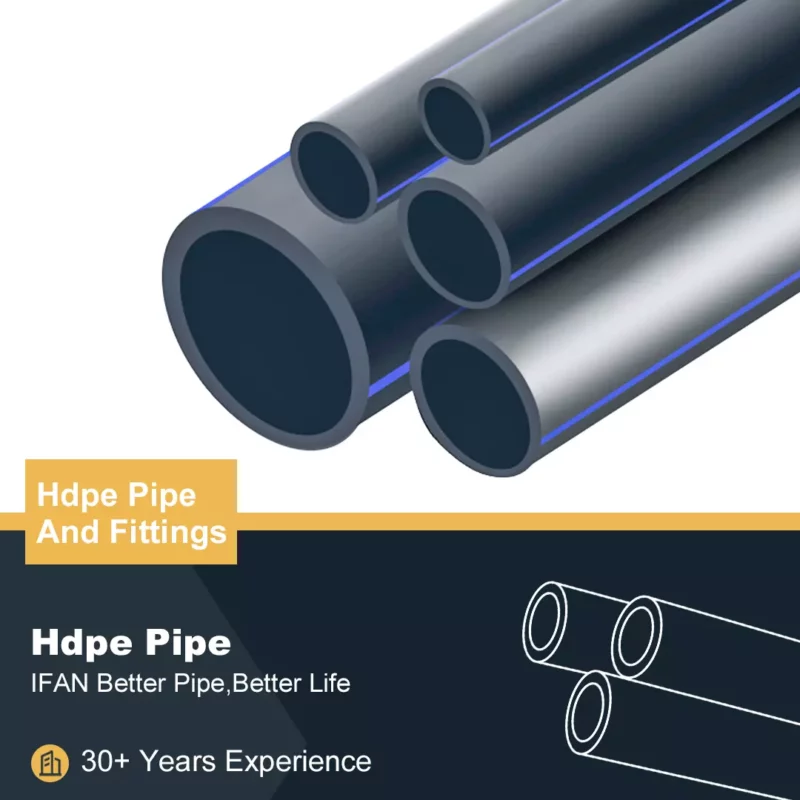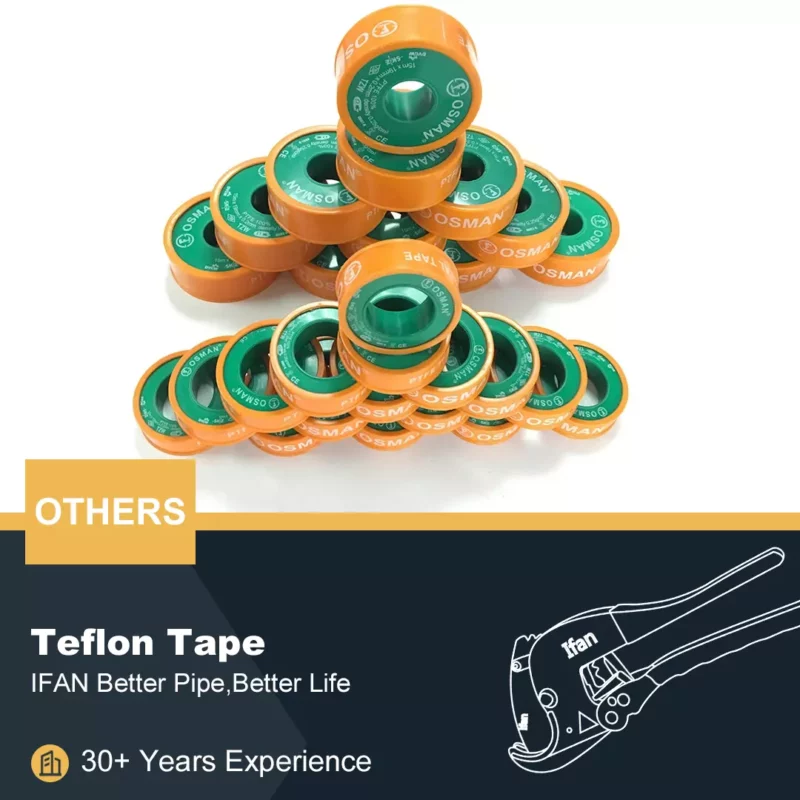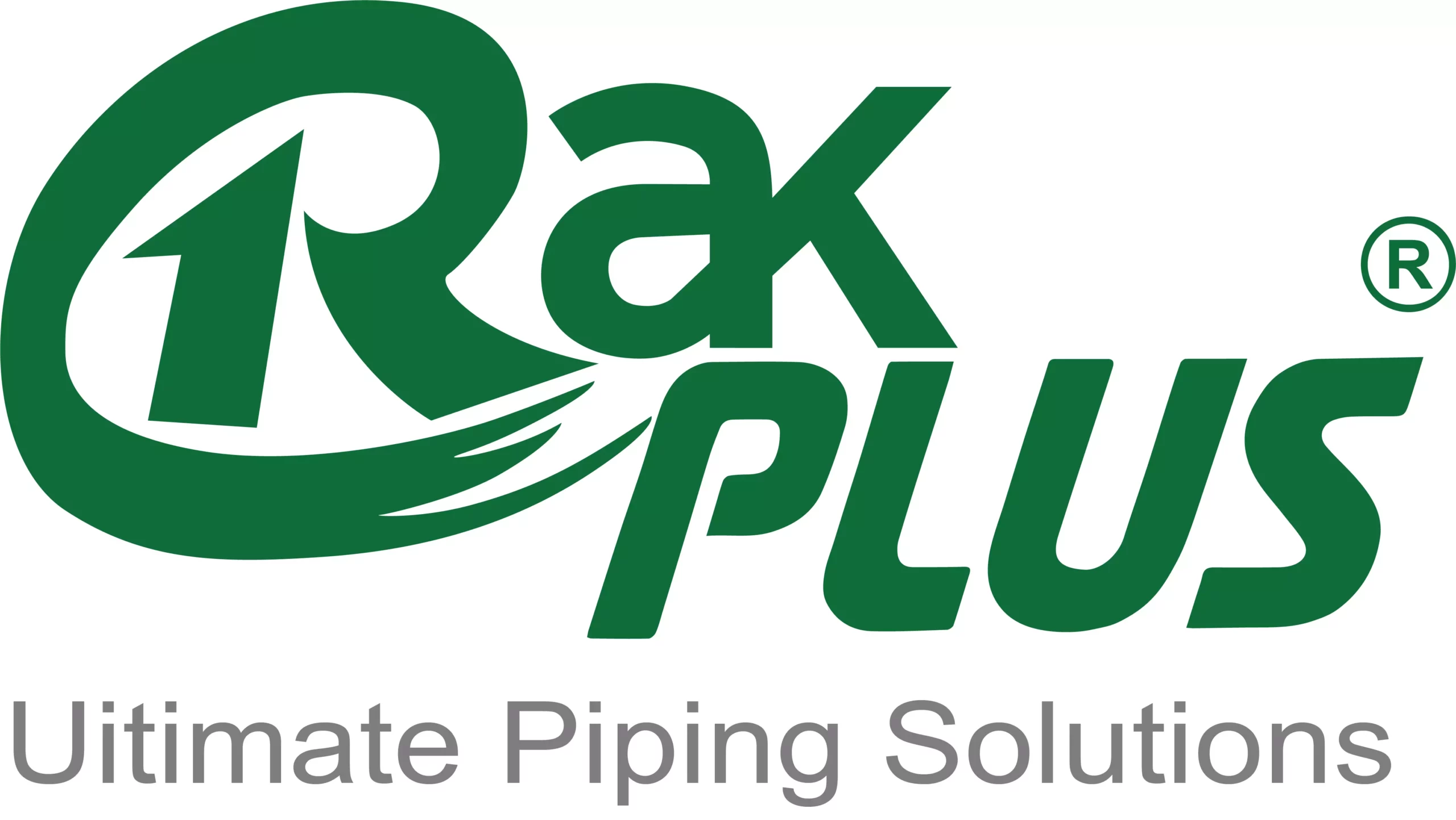PP and PPSU represent two distinct types of plastics. Both materials serve various applications in different industries. Understanding their differences helps in making informed choices. This article explores the characteristics and uses of PP and PPSU.
We have 30+ years of plumbing experience, a wide range of products, support customization and free samples. This IFAN Facebook:https://www.facebook.com/IFANPiping, welcome to contact us.
If you are interested in IFAN’s Products, please feel free to send us a message; we will send you the price list and product catalogue in time.
Overview of PP (Polypropylene)
Polypropylene, or PP, stands out as a common thermoplastic. Many industries use PP for its versatility and cost-effectiveness. It offers good chemical resistance and low density. This material also resists moisture and does not absorb water. Users appreciate its lightweight nature and ease of processing.
Overview of PPSU (Polyphenylsulfone)
PPSU, or polyphenylsulfone, offers superior performance in demanding environments. This high-performance thermoplastic exhibits excellent thermal and chemical resistance. Many industries prefer PPSU for applications requiring durability. It withstands extreme temperatures and harsh chemicals effectively. Users often choose PPSU for its reliability and longevity.
Thermal Resistance Comparison
PP provides decent thermal resistance, but it has limitations. It typically withstands temperatures up to 100°C (212°F). In contrast, PPSU excels in high-temperature environments. PPSU can endure temperatures reaching 180°C (356°F) without degrading. This significant difference makes PPSU suitable for hot water systems.
Chemical Resistance Analysis
PP shows good resistance to certain chemicals, but not all. It can handle acids and bases well, but some solvents may cause damage. PPSU exhibits exceptional chemical resistance across a wider range. It withstands exposure to many aggressive substances without degradation. This makes PPSU a better choice for harsh environments.
Mechanical Properties Comparison
PP offers moderate mechanical strength, sufficient for many applications. However, it may not withstand high-stress conditions effectively. PPSU possesses excellent mechanical properties, including high tensile strength. It maintains its shape and integrity under pressure and stress. Users often rely on PPSU for demanding applications.
Weight and Density Differences
PP is lightweight and low in density, making it easy to handle. This feature benefits many manufacturing and installation processes. PPSU, while still relatively lightweight, has a higher density. Its added strength may offset the weight difference in applications. Users often consider both weight and performance in their choices.
Processing and Fabrication
PP is easy to process and fabricate into various shapes. Manufacturers can easily mold and extrude PP into desired forms. PPSU also offers good processing characteristics, but requires more specialized equipment. Its higher melting point may complicate some fabrication methods. Users should consider processing capabilities when selecting materials.
Cost Considerations
PP generally offers a lower price point compared to PPSU. Many manufacturers favor PP for cost-sensitive applications. However, users should consider the long-term benefits of PPSU. Its durability and performance may justify the higher initial investment. Cost considerations often influence material selection in projects.
Applications of PP
PP finds extensive use in various applications. Industries use it for packaging, automotive parts, and textiles. Its versatility makes it suitable for many consumer products. Users appreciate its affordability and functionality across different sectors. PP remains a staple in the plastic industry.
Applications of PPSU
PPSU serves in applications requiring high performance and reliability. Industries use it in medical devices, aerospace, and plumbing systems. Its resistance to heat and chemicals makes it ideal for these uses. Users often choose PPSU for its long-lasting performance. This material excels in demanding environments.
Environmental Considerations
PP raises environmental concerns due to its single-use nature. It can take years to degrade in landfills. Manufacturers work on improving recycling methods for PP. PPSU also presents environmental challenges, but it offers longer life cycles. Users should consider sustainability when selecting materials.
User Experiences and Feedback
Users often report satisfaction with both materials. PP receives praise for its versatility and affordability. Many users find it effective for everyday applications. PPSU users highlight its durability and performance in harsh conditions. Feedback often influences choices in material selection.
Conclusion: Choosing Between PP and PPSU
PP and PPSU each serve unique purposes in various industries. PP offers affordability and versatility for everyday applications. PPSU provides superior performance in demanding environments. Understanding the differences helps users make informed decisions. Ultimately, the choice depends on specific project requirements and conditions.
If you have read this article and have any questions, please feel free to contact IFAN. Below is our contact information:
Whatsapp:+86 13373827623
Email:[email protected]











